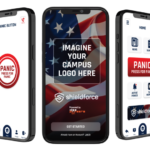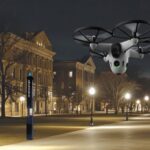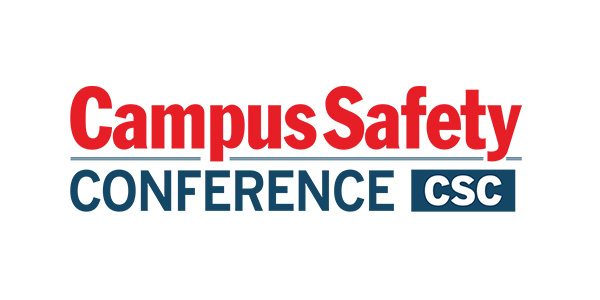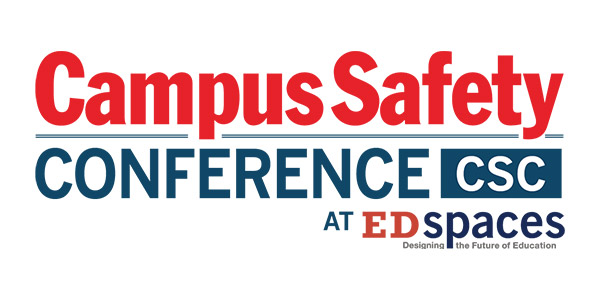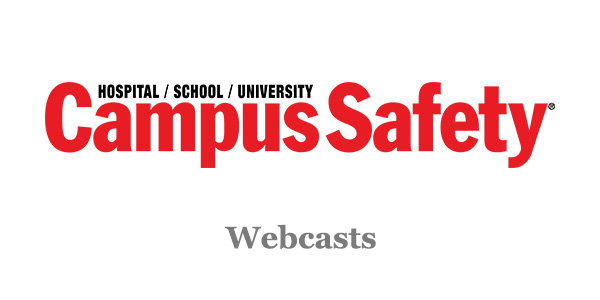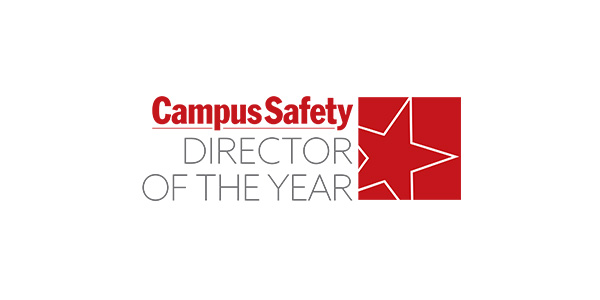In an age when technology seems to become obsolete before it has a chance to mature, sometimes it is hard to understand how far down the road we have come. One glimpse into this journey can be seen by looking at the evolution of emergency help stations or call boxes.
Let’s go back to about 1860 in Washington D.C. One of the new technologies in town was the fire call box. This type of box required the sender to break the glass, turn the key and open the door, then pull down a hook inside to transmit the alarm over the telegraph to a central alarm office where the box number was tapped out on a bell, flashed a red signal light, and punched out its number on a paper tape register much like a stock ticker. The first boxes installed in Washington in the 1860s were always kept locked. A sign over the box on the pole notified where the key could be found, usually at a corner grocery store or other retail establishment. Can you imagine?
What today is antique, in its time was “fantastique.” By the 1880s in Chicago, police call boxes contained a dial mechanism that members of the public could use to signal 11 different types of alarms: including “Police Wagon Required,” “Thieves,” “Forgers,” “Murder,” “Accident,” “Fire” and “Drunkard.” Variations of call boxes for fire and police spread from city to city around the world. And although the form factor continued to change for over 100 years, the basic communications functionality remained the same. Most of today’s ubiquitous call boxes — blue light towers eight to 10 feet tall — still make a phone call directly to security with a button-press. A great step forward, but not without limitations.
The challenges with call boxes from the beginning have been:
- Lack of exact location identification
- The need for physical inspection to determine the status of the call box
- The deteriorating effects of moisture, dirt and dust over time
- Expensive to rewire/ trench
Call Boxes Have Moved Beyond the Phone Call
The good news is that the wheels of progress never stop, and there are exciting developments taking place in this most iconic market niche. Known as emergency help stations, today’s call box is becoming smarter, providing both the caller and the answerer with more information.
Integration of emergency notification systems (ENS) is where the market is trending, and for the modern emergency help station, that means moving from an analog calling platform to a digital one. Manufacturers such as Talk-A-Phone, Code Blue, Metis Secure Solutions and others now use a variety of wired and wireless network communications technologies to pull the isolated call for help onto a software platform to coordinate and integrate response.
IP calls are coming in over Ethernet, WiFi and wireless mesh networks and fed into software that can immediately time- and date-stamp, identify the location, record and log the call. Map-based software programs can show the exact location of the call on a set of floor or campus plans, providing a visual context for the security dispatcher.
In many cases, software for these systems can be accessed and monitored remotely 24/7 by central stations. For customers who may not have 24/7 monitoring, or whose security forces are out on patrol, these systems can even push emergency calls to two-way police radios or mobile phones.
All of this may be of help to university administrators in their efforts to comply with mandates such as the Clery Act, which requires reporting of criminal incidents on campus. If for example, someone is assaulted and uses the help station to contact campus police, the call can be catalogued according to the appropriate offense. Monthly or year-end reports can be run based on Clery Act events. Bringing this to a centralized software platform makes the process more efficient and faster for public safety officers.
In some specialized campus settings, such as a research facility, more flexibility may be required. Some emergency help station systems can be configured to broadcast announcements to a specific area of the site. For example, let’s say a hazardous material spill occurs in a lab, causing a potential safety hazard. Pressing the help button can trigger an announcement such as “Assistance is required in the Thermoplastics Lab 512.” This allows immediate notification of personnel who have been trained to respond to certain situations involving specialized chemicals or other hazardous materials. In this scenario, the system can bypass the security dispatcher and be used to launch specific area notification.
Many Stations Now Provide Outbound Emergency Notification
As emergency help stations continue to evolve, they are also becoming the endpoints for outbound emergency notification systems that comply with NFPA 72 (2010 ECS, Chapter 24). Prerecorded messages, live broadcast and text-to-speech warning options are available for directing people in emergency situations. When used this way, the emergency help station serves to address specific outdoor locations as opposed to the giant voice or outdoor sirens that cover much larger areas.
There is no substitute for a live call from the site of an emergency. The concept is valid and has proved itself for more than 150 years. Not only does the caller provide verbal information, but the tone of their voice, the ambient and background noise all provide valuable information to the security dispatcher in determining the nature of the event and the correct response. But as the call box becomes a true two-way notification device, as it is pulled onto the software platform and integrated into the overall scheme of emergency notification, it becomes the modern emergency help station. Look how far we have come!
Timothy Means is the director of product management and a co-founder of Metis Secure Solutions, a developer of next generation emergency notification solutions for higher education, commercial and government o
rganizations. He can be reached at [email protected].
Related Articles:
- Call Boxes Keep Campus Communities Safe
- Call Box Basics and Beyond
- Ensuring Emergency Messages Get Delivered at Carnegie Mellon U.
- Personal Safety Apps: The Next Generation of Blue Light Phones
- Boldly Going Where No Call Box Has Gone Before
Note: The views expressed by guest bloggers and contributors are those of the authors and do not necessarily represent the views of, and should not be attributed to, Campus Safety magazine.



